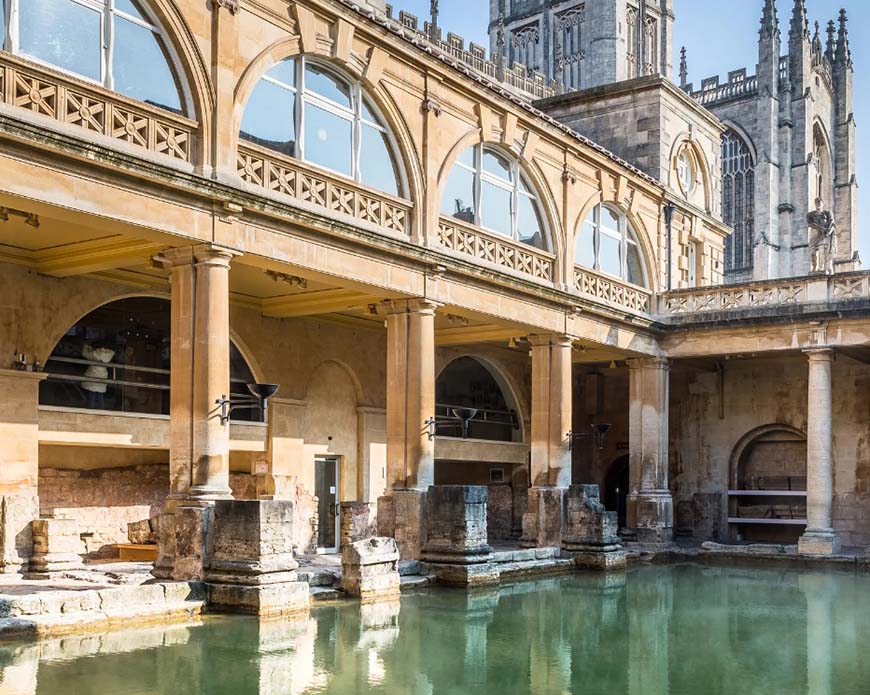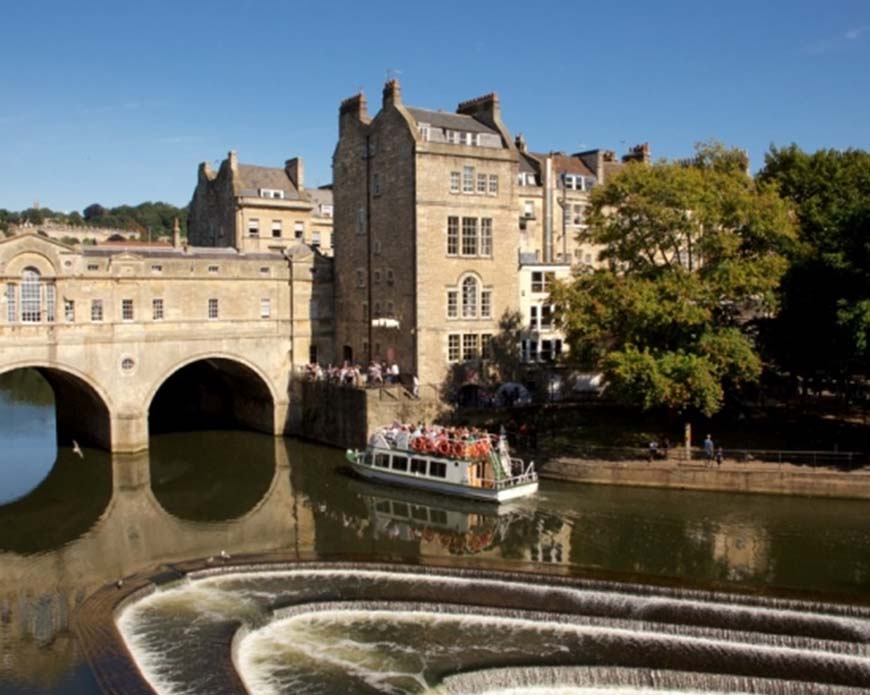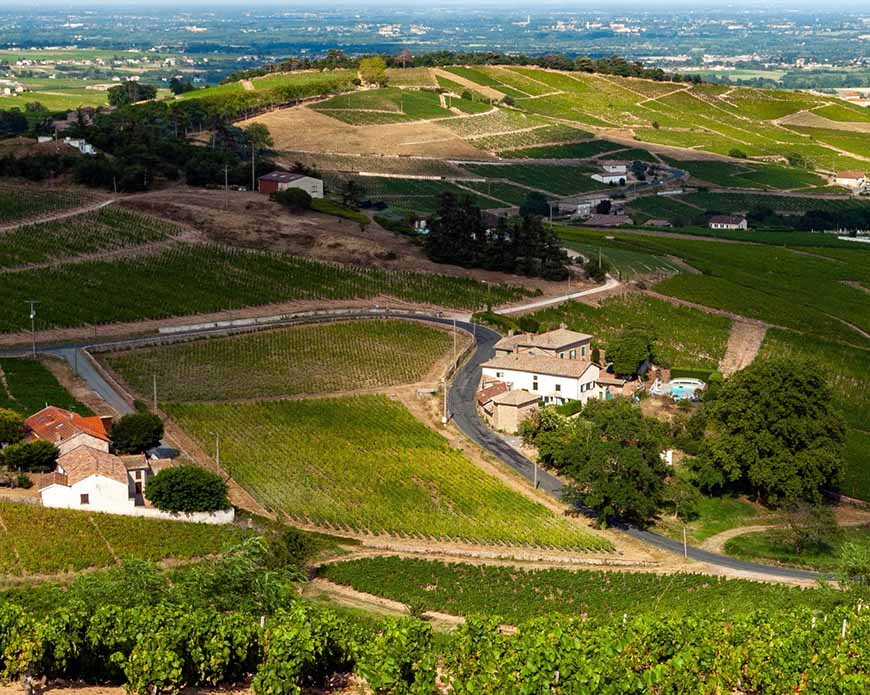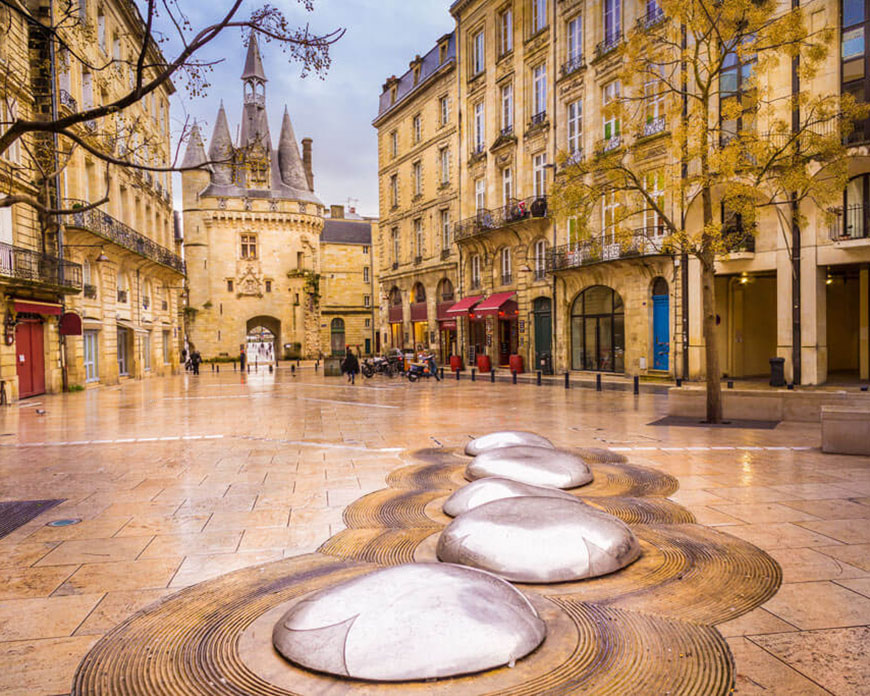Embarking on a journey through the captivating city of Bath, I found myself entranced by its rich historical tapestry and architectural brilliance. I will intricately guide you through six iconic landmarks, unraveling the details of my personal experiences, the services offered, advantages and disadvantages, precise geographical locations, transportation insights from the airport and stations, available discounts, ticket pricing, recommendation scores, and my candid impressions of the booking platforms. Join me as we immerse ourselves in the historic treasures that make Bath a living canvas of architectural beauty.
Bath Abbey: Gothic Grandeur in the Heart of the City
Nestled in the heart of Bath, Bath Abbey is a Gothic masterpiece that stands as a testament to centuries of history. Services include informative guided tours, soul-stirring choir performances, and the chance to ascend the Tower for breathtaking views. The advantage lies not only in the awe-inspiring architecture but also in the sense of tranquility within the abbey’s walls. Bath Abbey’s coordinates are 51.3813° N, 2.3590° W, centrally located and conveniently accessible from Bristol Airport (BRS) via a 45-minute drive.
Transportation options include buses, taxis, or the Bristol Airport Shuttle. Discounts are often available for online bookings, and admission prices contribute to the preservation of this architectural gem. Booking tickets through the official Bath Abbey website or reputable travel platforms ensures a seamless entry, providing valuable insights into special events and tour availability.
The Roman Baths: An Immersive Dive into Ancient Elegance
Situated in proximity to Bath Abbey, the Roman Baths offer a fascinating glimpse into the city’s ancient past. Services include captivating guided tours, interactive exhibits that bring history to life, and access to the remarkably preserved bathing complex. The advantage is the immersive experience, though the site’s popularity can lead to substantial crowds. The Roman Baths’ coordinates are 51.3813° N, 2.3590° W, centrally located and easily accessible from Bristol Airport via a 45-minute drive.
Transportation options include buses, taxis, or a leisurely walk for those already in the city center. Discounts may be available for online bookings, and admission prices vary based on age and time of visit. Booking tickets through the official Roman Baths website or reputable travel platforms provides access to detailed information on guided tours and special events.
As I delved into planning my solo exploration of Bath, the array of transportation options became a crucial aspect to consider. Bath’s compact city center allows for convenient exploration on foot, a leisurely option that lets you absorb the city’s charm at your own pace. For those not keen on walking, buses and taxis offer efficient and comfortable alternatives.
The city’s pedestrian-friendly layout made it easy to navigate between key historical sites, ensuring that I didn’t miss any hidden treasures along the way. Additionally, the leisurely pace of walking allowed me to soak in the ambiance of this charming city, making my journey all the more enriching.For travelers arriving from outside the city center, buses and taxis offer convenient transportation options. The bus network is well-connected, making it a cost-effective and reliable choice for reaching popular attractions. Taxis, while slightly more expensive, provide a door-to-door service, ensuring a hassle-free journey, especially for those with limited time or mobility concerns.
As I planned my budget, I discovered that online bookings often came with discounts, making my visit more cost-effective. Many attractions, including the Roman Baths, offer reduced prices for those who book tickets in advance through their official website. Utilizing reputable travel platforms also provided a variety of options for transportation and admission bundles, helping me optimize my expenses.

Admission prices, I found, varied based on factors such as age and the time of visit. Travelers on a budget will appreciate the flexibility to choose off-peak times, where admission fees may be more affordable. Additionally, seniors, students, and children often enjoy discounted rates, making Bath an inclusive destination for all types of explorers.
To streamline my experience, I opted to book my tickets through the official Roman Baths website. This not only provided a seamless booking process but also granted me access to valuable information on guided tours and special events. The official website served as a comprehensive resource, detailing the various tour options available, including insightful guided tours led by knowledgeable experts.
As I embarked on my journey, I appreciated the foresight of planning my transportation and admissions in advance. The convenience of online bookings, coupled with potential savings and access to detailed information, ensured that my solo adventure in Bath started on a well-prepared and exciting note.
The Royal Crescent: Timeless Georgian Elegance
A leisurely stroll from the city center leads to The Royal Crescent, an iconic example of Georgian architecture. Services include self-guided walks through the impressive crescent, photo opportunities, and occasional open-house events. The advantage lies not only in the architectural splendor but also in the serene ambiance of the surrounding Royal Victoria Park. The Royal Crescent’s coordinates are 51.3861° N, 2.3595° W, centrally located and easily accessible from Bristol Airport via a 45-minute drive.
Transportation options include buses, taxis, or a leisurely walk. Admission to The Royal Crescent is generally free, with costs possibly arising from visits to nearby attractions. Independent exploration allows for a personalized experience, with the option to engage in local activities.
Pulteney Bridge: A Picturesque River Crossing of Architectural Beauty
Spanning the River Avon, Pulteney Bridge is a picturesque example of Palladian architecture. Services include a delightful stroll, views of the river, and access to nearby shops. The advantage lies not only in the bridge’s unique design but also in the charming ambiance of the surrounding area. Pulteney Bridge’s coordinates are 51.3816° N, 2.3609° W, centrally located and easily accessible from Bristol Airport via a 45-minute drive.
Transportation options include buses, taxis, or a scenic walk along the riverbanks. Admission to Pulteney Bridge is free, with the opportunity to explore nearby shops and cafes. Independent exploration allows for a relaxed experience, with the option to engage in local activities.As I stood at the entrance of Pulteney Bridge, I couldn’t help but marvel at its architectural beauty. The soft hum of the bustling city surrounded me as I contemplated my transportation options for the day. While buses and taxis seemed convenient, I couldn’t resist the allure of a scenic walk along the riverbanks.
Opting for a leisurely stroll, I set out on the path that hugged the river, the sound of flowing water and the occasional quacking of ducks creating a serene soundtrack to my exploration. The weather was perfect, with a gentle breeze carrying the scent of blooming flowers from the nearby gardens.
As I approached Pulteney Bridge, its elegant design became even more impressive up close. The honey-colored stone arches stretched gracefully across the river, and I took a moment to appreciate the historical significance of this iconic landmark. The fact that admission was free only added to the appeal, allowing me to immerse myself in its charm without any constraints.
Wandering through the quaint streets surrounding the bridge, I discovered a myriad of unique shops and inviting cafes. The local artisans showcased their talents, and I couldn’t resist picking up a few handmade souvenirs to commemorate my visit. The aroma of freshly brewed coffee lured me into a charming cafe, where I decided to take a break and savor the moment.
Embracing the spirit of independent exploration, I allowed myself to get lost in the charm of the city. Along the way, I stumbled upon hidden gems, such as street performers entertaining passersby and local markets offering fresh produce and handmade crafts. The beauty of self-guided exploration was that every turn held the promise of a new discovery.
As the day unfolded, I found myself fully immersed in the local activities, whether it was engaging in conversations with friendly locals or simply enjoying the vibrant atmosphere of the city. Pulteney Bridge had become not just a destination but a starting point for a day filled with unexpected delights.
With the sun setting over the river, casting a warm glow on the bridge’s stone facade, I realized that my decision to independently explore had allowed me to truly connect with the soul of the city. The freedom to meander at my own pace had turned a simple visit into a rich tapestry of experiences, leaving me with memories that would linger long after I crossed back over Pulteney Bridge, bidding farewell to this enchanting corner of the world..

The Circus: Architectural Symmetry and Harmonious Design
A short distance from The Royal Crescent, The Circus showcases architectural symmetry and harmonious design. Services include self-guided walks, photography opportunities, and occasional public events. The advantage is not only in the sense of tranquility but also in the opportunity to appreciate the precision of Georgian architecture. The Circus’s coordinates are 51.3869° N, 2.3624° W, centrally located and easily accessible from Bristol Airport via a 45-minute drive.
Transportation options include buses, taxis, or a leisurely walk. Admission to The Circus is generally free, with costs possibly arising from visits to nearby attractions. Independent exploration allows for a personalized experience, with the chance to appreciate the architectural details at one’s own pace.
St. Michael’s Without: A Hidden Gem of Medieval Charm
Less frequented by tourists, St. Michael’s Without offers a serene escape with its medieval architecture. Services include moments of quiet contemplation, occasional guided tours, and a glimpse into local parish life. The advantage lies not only in the peaceful ambiance but also in the opportunity to explore a hidden gem off the beaten path. St. Michael’s Without’s coordinates are 51.3853° N, 2.3612° W, centrally located and easily accessible from Bristol Airport via a 45-minute drive.The coordinates provided led me through narrow, winding streets that gradually transitioned from the bustling city center to a quieter, more residential neighborhood.
As I approached, the medieval architecture of St. Michael’s Without came into view, standing in stark contrast to the modern buildings that surrounded it. The centuries-old stone walls exuded a sense of history, and I marveled at the craftsmanship that had withstood the test of time.Stepping inside, I was immediately enveloped in a tranquil atmosphere. The hushed silence provided a stark contrast to the lively city sounds I had left behind. St. Michael’s Without seemed like a hidden sanctuary, offering a space for quiet contemplation away from the clamor of tourist attractions.
I took a moment to explore the nooks and crannies of the church, admiring the intricate stained glass windows and the well-preserved medieval architecture. Occasionally, shafts of sunlight streamed through the windows, casting a warm glow on the stone floor. The occasional creak of the wooden pews added to the authenticity of the experience.
I discovered that St. Michael’s Without offered more than just a peaceful ambiance. The church occasionally hosted guided tours, providing insights into its rich history and the stories embedded in its walls. It was a chance to delve deeper into the local history and culture, guided by the knowledgeable volunteers who were passionate about sharing the hidden treasures of their parish.
As I wandered through the church, I also got a glimpse into the local parish life. Notices on bulletin boards highlighted community events, from fundraisers to choir performances, showcasing the vibrant spirit that thrived within these historic walls. It felt like a window into a living, breathing community that coexisted with the ancient stones of St. Michael’s Without.
One of the advantages of visiting this hidden gem was the absence of crowds. I could appreciate the serenity of the space without jostling through throngs of tourists. It was a rare opportunity to savor the beauty of a medieval church in a more intimate setting.
Before leaving, I took a moment to sit in one of the pews, absorbing the tranquility that surrounded me. St. Michael’s Without had indeed offered a serene escape, a sanctuary where time seemed to slow down. As I stepped back into the sunlight filtering through the entrance, I felt grateful for the chance to uncover a lesser-known piece of the city’s history and culture, a hidden gem that would forever be etched in my travel memories.
Transportation options include buses, taxis, or a tranquil walk. Admission to St. Michael’s Without is generally free, with the possibility of making a small donation to support the local parish. Independent exploration allows for a contemplative experience, with the chance to appreciate the historical significance of this charming church.
My exploration of Bath’s architectural wonders was a captivating journey through centuries of history and design. Each destination offered a unique perspective, and while some challenges existed, the overall experience was profoundly enriching. Booking through official websites and reputable travel platforms ensured a seamless adventure, with discounts enhancing the affordability of this architecturally immersive trip. Bath, with its diverse array of historic landmarks, has undoubtedly left an indelible mark on my travel memories, beckoning others to explore its captivating blend of architectural beauty and historical significance.



